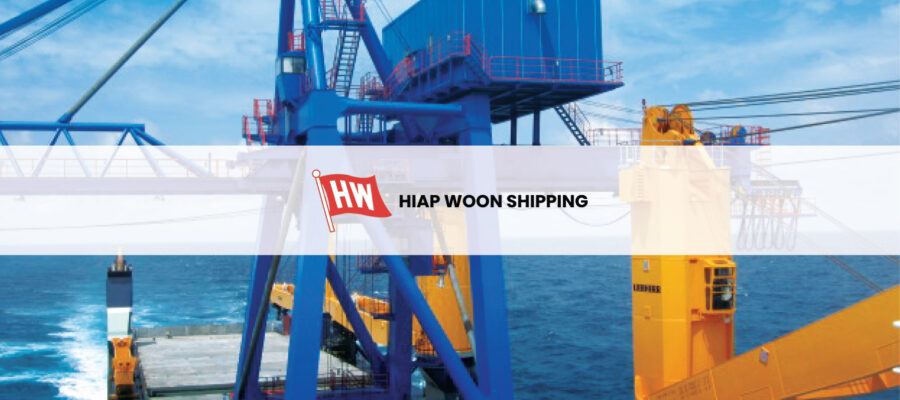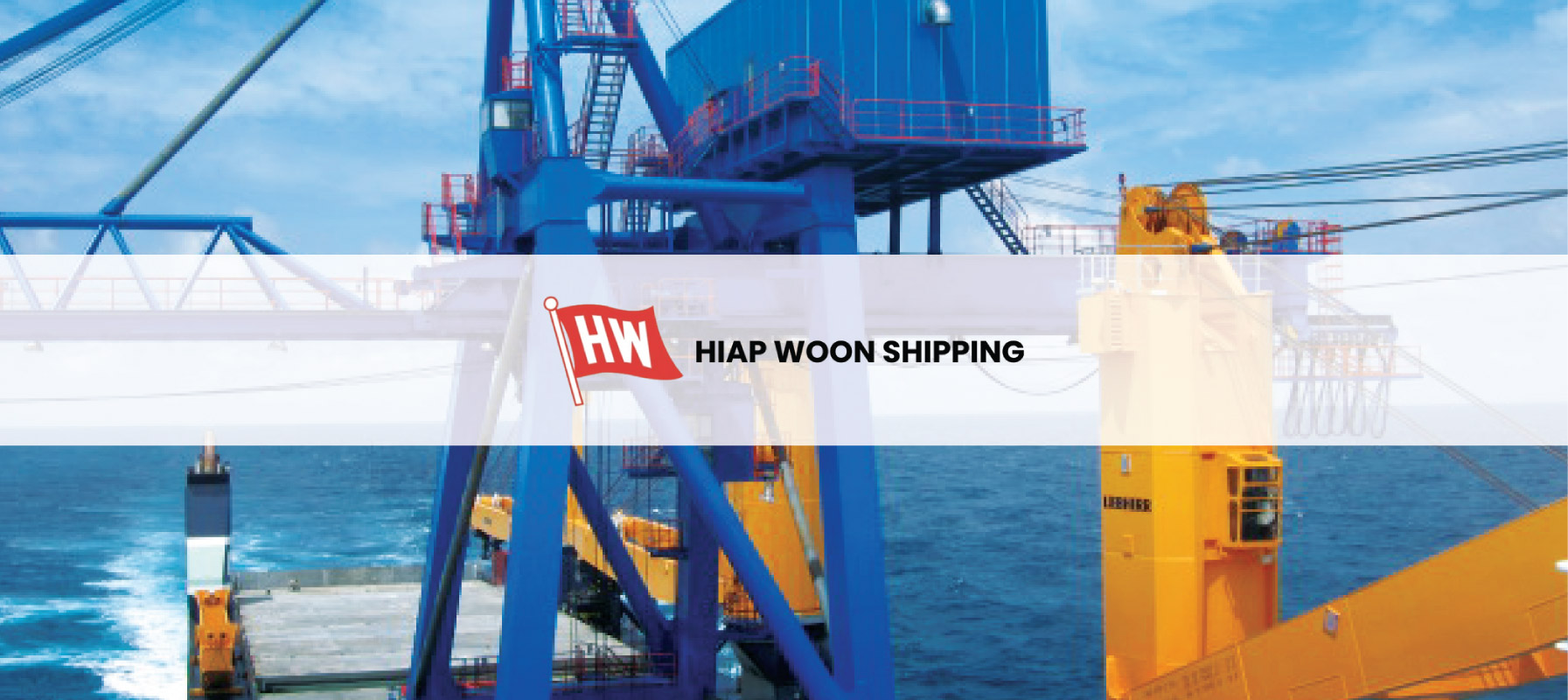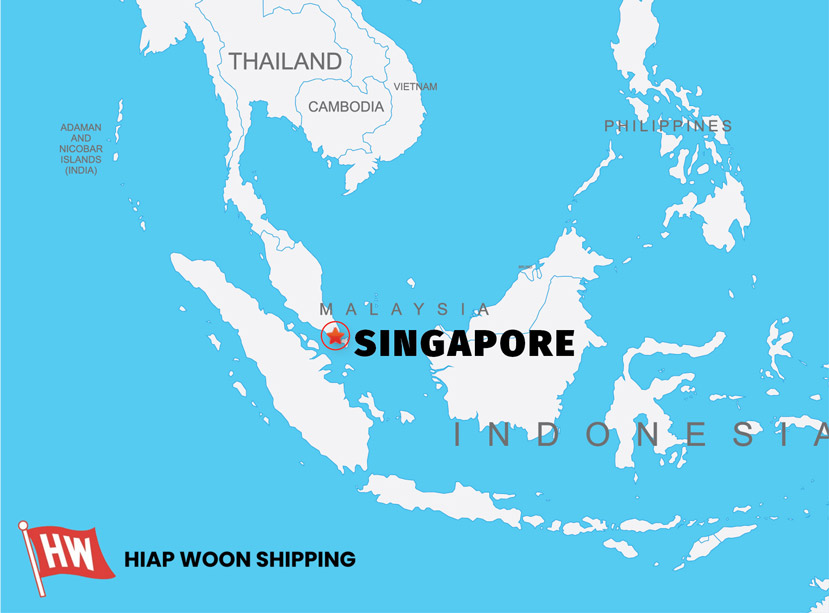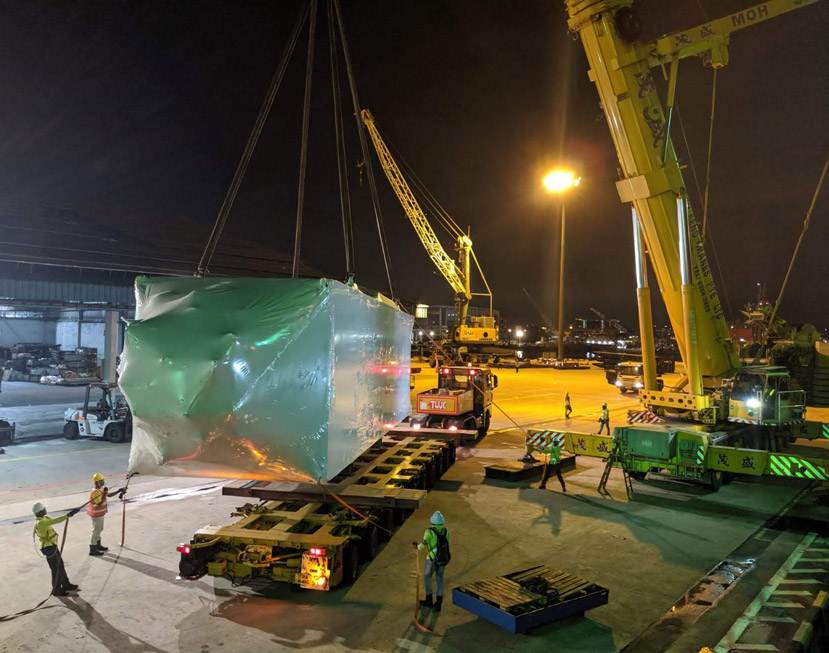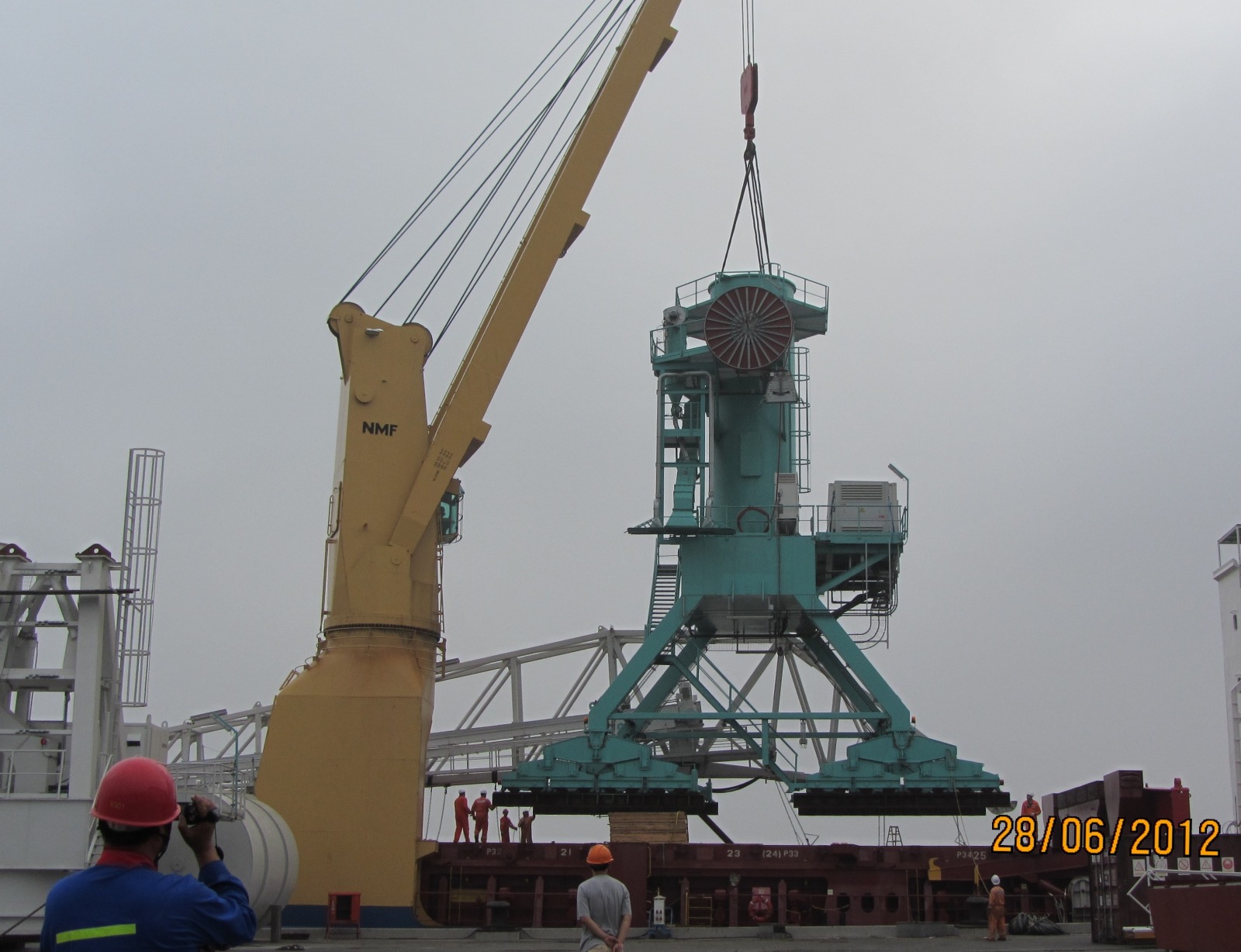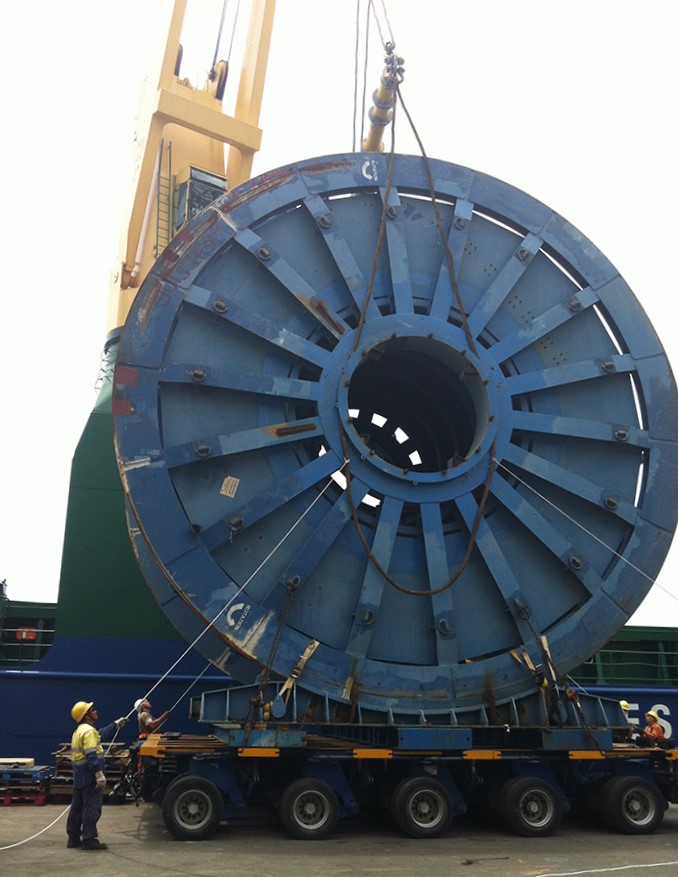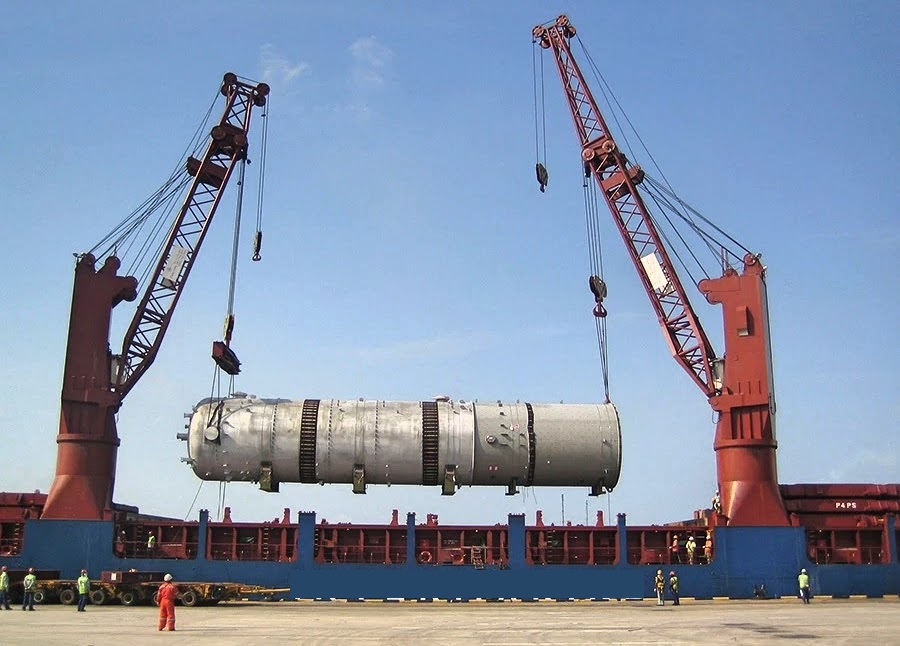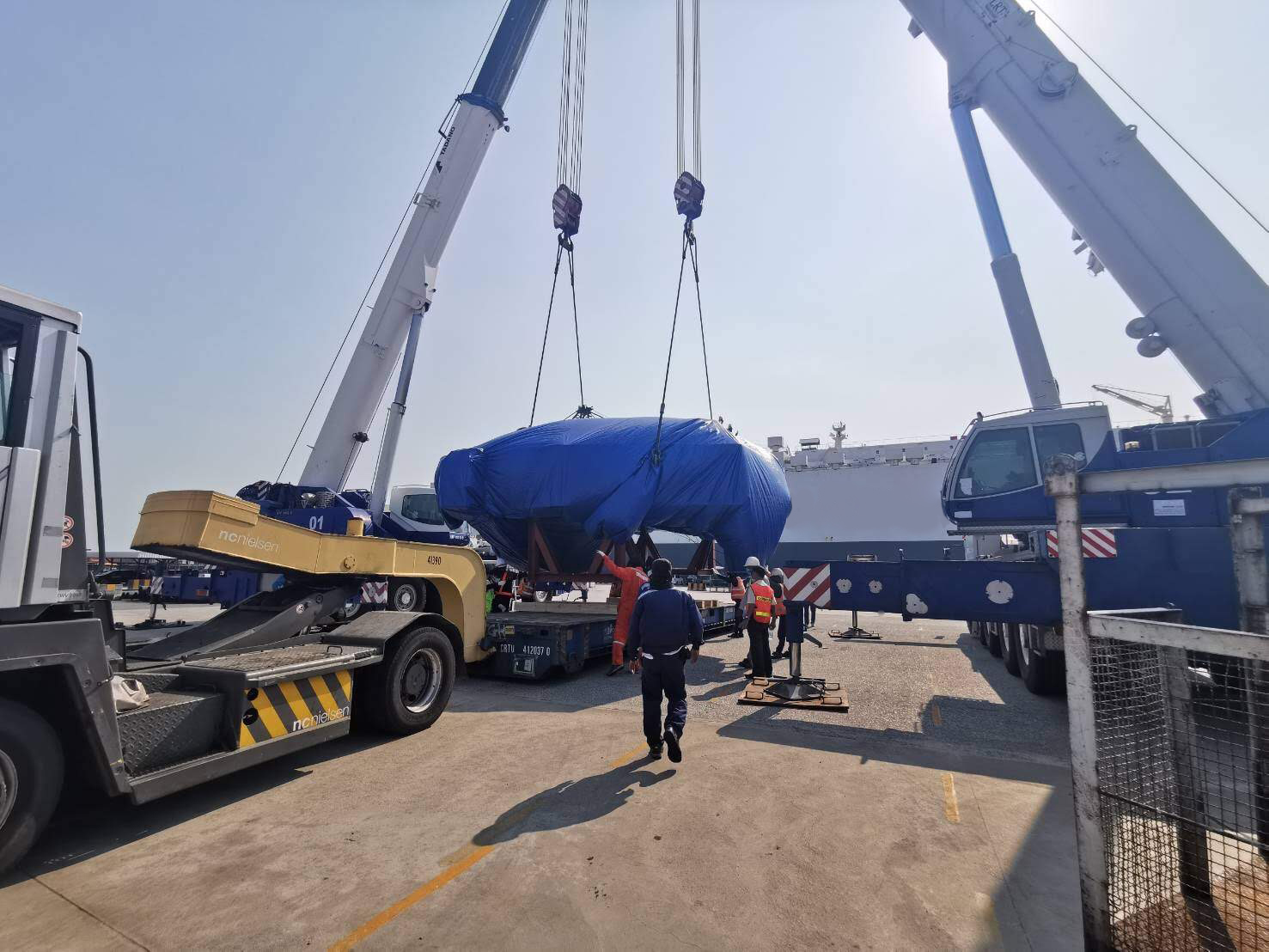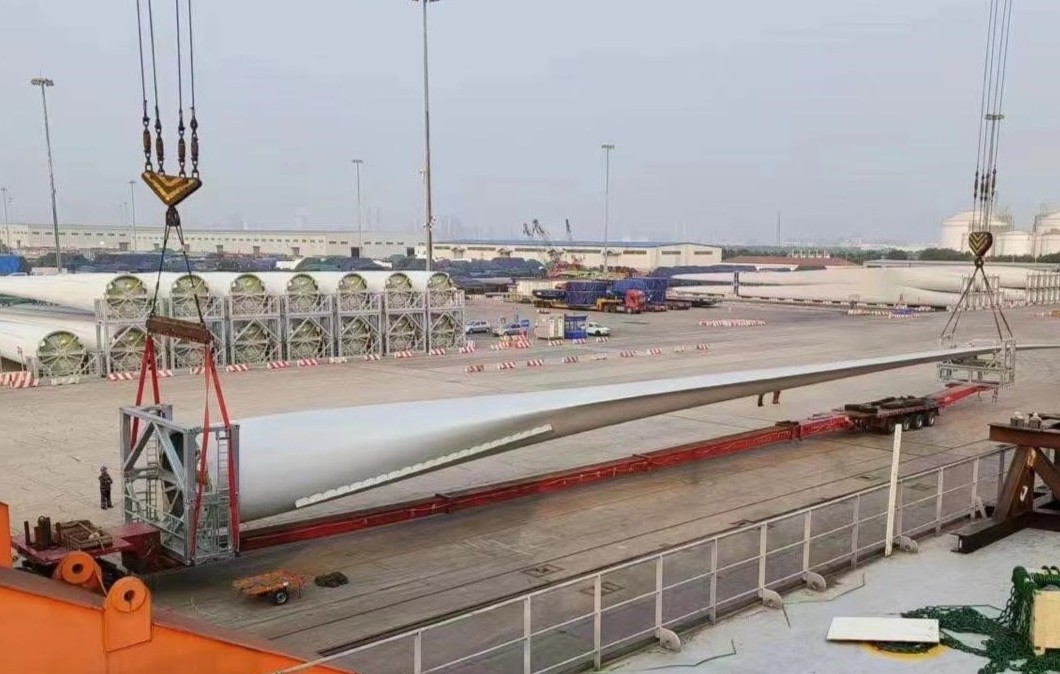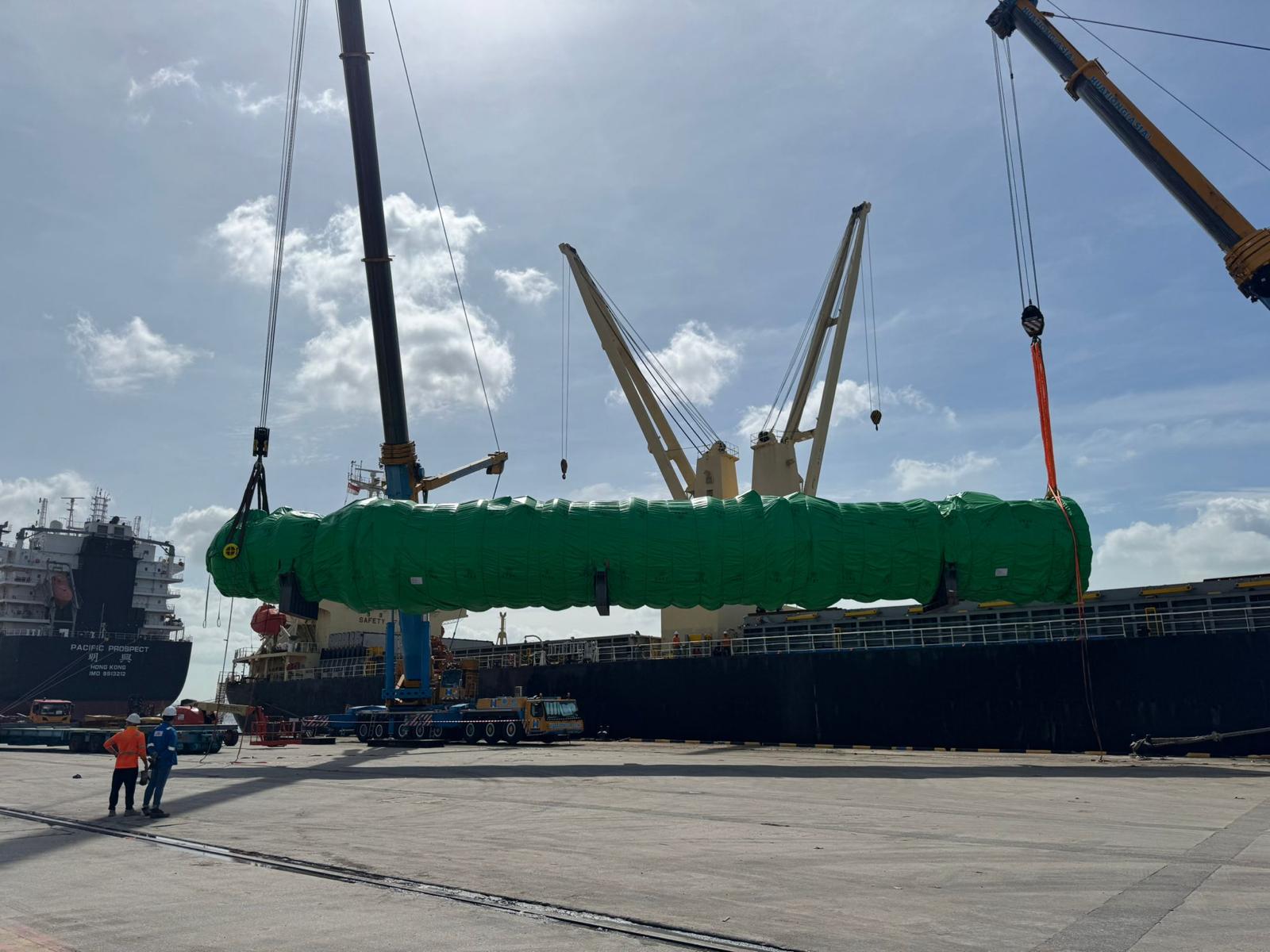Interview with
Mr. Edwin Oh
Head of Ocean Freight

Could you tell our readers a little about the history and current ownership of Hiap Woon Shipping?
Hiap Woon Shipping was established in 1984 in Singapore, an offshoot of a Taiwanese breakbulk carrier dating further back to the 1960s.
Founded primarily to manage our own ships in the region, Hiap Woon expanded to cover other carriers at the turn of 1990s. One of them was US-based Intermarine with multipurpose vessels that could lift up to 500mt. We served as their port and commercial agent for almost 20 years, handling project cargo bookings in and out of Southeast Asia (Intermarine is now part of the JSI alliance).This experience with large and heavy cargos gave us a solid foundation in shipping and logistics. Today, we have a throughput of over 300,000 mt breakbulk annually in Singapore and Malaysia alone. We are involved in different roles; port agents, charterers, disponent owners, forwarder covering different shipping modes; bulk, breakbulk, roro, barges, or combinations.
One of our first customers – Japanese cabling specialists – is still working together with us 32 years after our first project on pan-Asia submarine cable system (APC) in 1993. Our sister company continue to be owner and operator of 10 breakbulk vessels trading in Asia.
This stable ship would not have been possible without support of all our stakeholders – internal and external.
We celebrated our 40th anniversary last year.
Singapore is a major hub. Can you elaborate on the services that you in Hiap Woon specialize in? And can you provide our readers with a few examples of project cargoes that you have handled to/from or via Singapore?
Indeed Singapore’s connectivity as a hub gives us options and flexibility with logistics solutions, be it cost or schedule (transit time).
We just completed several project cargo movements for a plant expansion, shipping heavy equipment from various production facilities around the world via Singapore. Shipments covered both containers and breakbulk modes including a 20-meter-long Membrane Press from India, a 100mt Pressure Vessel loaded by floating crane in China on bulk carrier and discharged by shore cranes in Singapore. Cargoes were then transhipped onto barges for final delivery to Indonesia.
I lead the Ocean freight team , one of the Hiap Woon’s key pillars along with Port agency, Commercial agency and Specialized Logistics. I can still remember my first time on board one of our Glory vessels back in 2014, learning directly from the stevedores on transport planning and coordination. This wharf experience, coupled with subsequent years in shipbroking, chartering and logistics has given me a sense of how cargoes can be moved cost effectively – and safely.
Outside Singapore, we’ve handled wind towers/blades, heavy construction machinery, IMO Class 1 mining explosives, even bulk cargoes such as ilmenite ore and palm kernel shells to Japan as sustainable energy source. In fact, a large part of our business is cross trade without passing through Singapore.
We are thankful for the continued faith in our maritime ecosystem and law.
Singapore as a big port has many “ports” within the port so to speak. Explain, if you can, for our readers about which ports are used for what purpose(s). According to what I know Jurong is the main place for breakbulk and project cargoes?
Jurong port is the main place for bulk and breakbulk cargos. This is also where we process most of our steel business locally, including steel coils, steel plates, wire rod, and rebars.
Container and RORO terminals are currently situated around the downtown area, namely Tanjong Pagar, Brani, Keppel and Pasir Panjang terminals. However, they are gradually being shifted out to the western edge of Singapore where PSA Tuas port has already started operations.
Once fully operational, Tuas is expected to be one of the world’s largest automated container terminals with an annual handling capacity of 65 million teus.
In the main breakbulk terminal, what kind of shore crane capacity do you have available, and if not enough, are mobile or floating cranes obtainable?
Within the breakbulk terminal we’ve arranged shore cranes up to 500 mt. Floating cranes up to 1000 mt are available on request.
Customs clearance for cargoes via Singapore…How is that done or is any transit shipment just easy without any documentation? Could you explain to our readers how a typical shipment VIA Singapore to say Indonesia would be handled paperflow-wise?
We usually do this via our customs agents. In Singapore the process is relatively straightforward compared to other regimes with usual documentation requirements; commercial invoice, packing list, delivery note and bill of lading / air waybill.
How do you view the market in 2025 with 9 months to go?
US tariffs have dominated headlines for weeks now. Whether this translates into long term strategy and impact on supply chain costs remains to be seen. What we do expect, however, is greater volatility.
As with everything in life, we face our challenges—and opportunities—head on.
We believe the ‘invisible hand’ will find a way.
Are you currently a member of any networkC?
CLC Projects Network is our first!
How would it be best for our readers to get in touch with you?
We will be attending Breakbulk Rotterdam and the BIMCO 120th Anniversary reception Copenhagen in May. Please reach edwin@hiapwoon.com.sg for coffee if you are in the area! (or chilli crabs in Singapore)
Alternatively linkedin.
Website: https://hiapwoon.com.sg/


